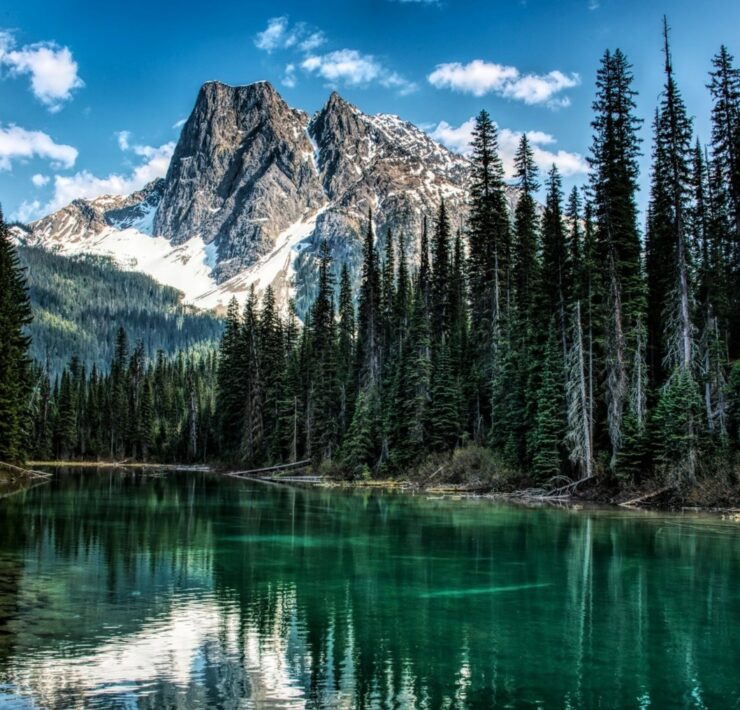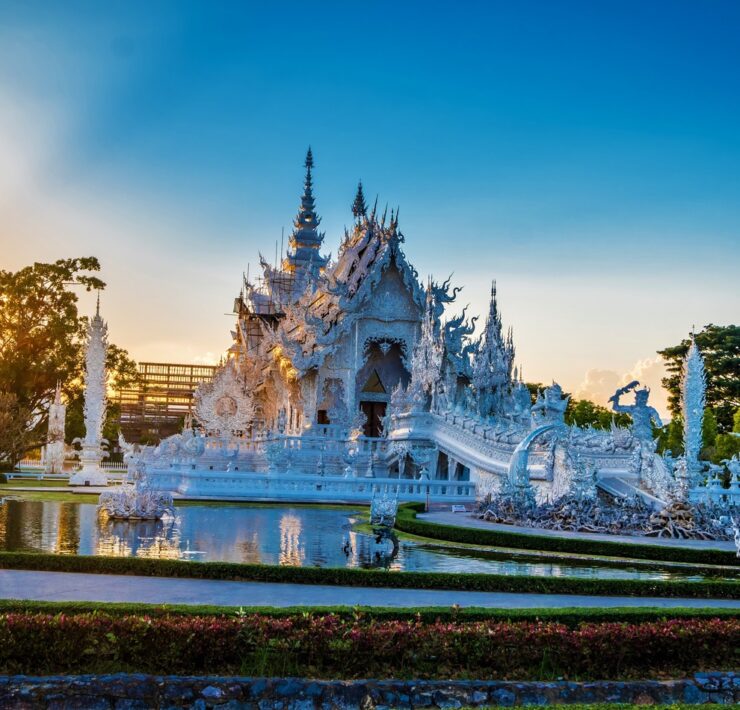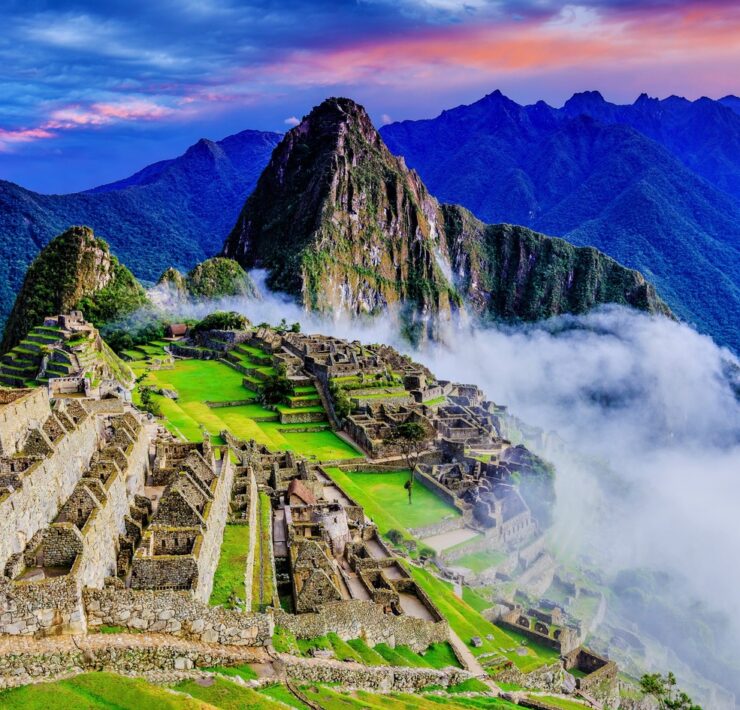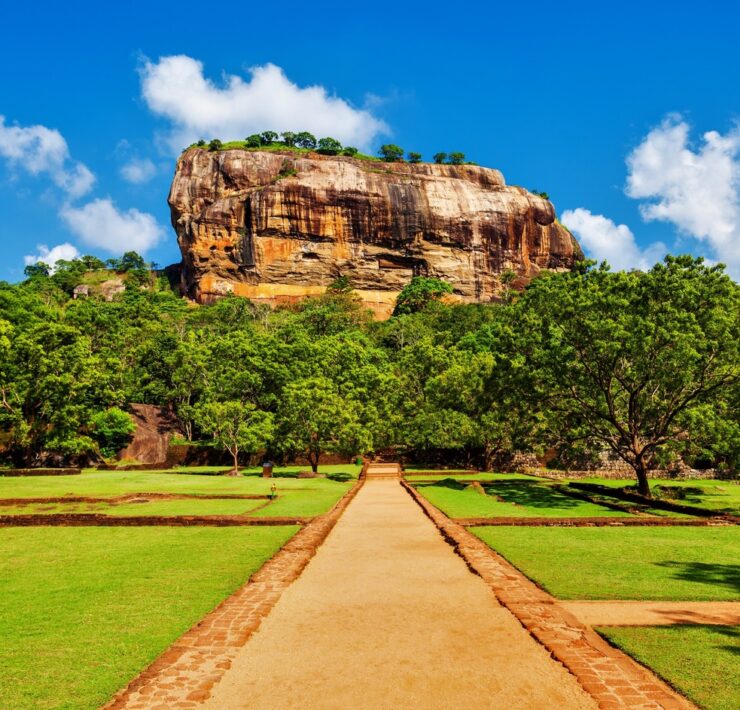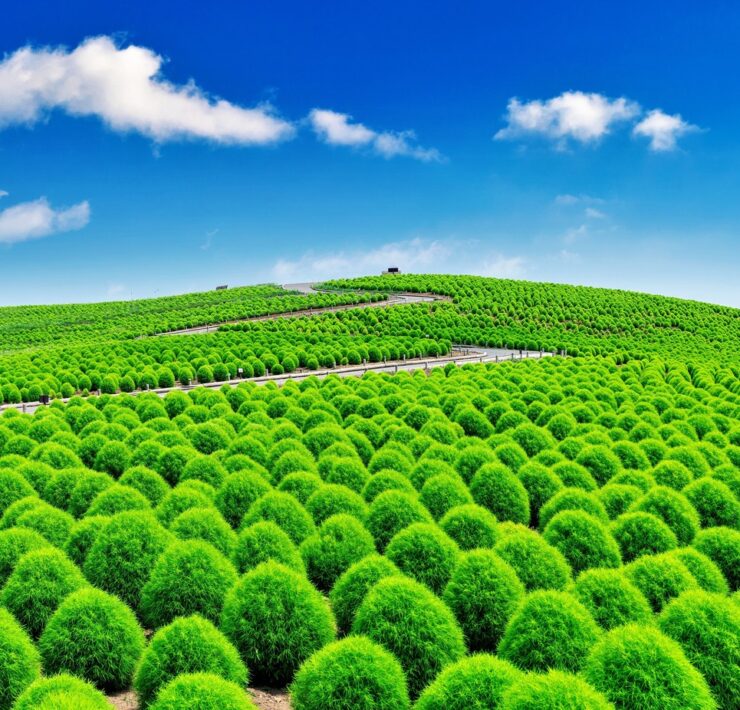Salina Turda is known as a historical colossal underground salt mine, located at Turda, the second biggest metropolis in Cluj County, Romania. History buffs and travelers alike are mesmerized by Salina Turda’s beauty, and there’s no doubt why it has been ranked as one of the most beautiful underground places in the world.
Historically speaking, salt was first extracted during the ancient times in Salina Turda. Aside from this, the salt mine was also recorded to have continuously supplied table salt during the Middle Ages up to the early 20th century. Rich in history, it is no wonder why millions of people visit Salina Turda since the day it was opened to public in 1992.
This Romanian salt mine (Salina Turda) is divided into different sections. The main attractions of Salina Turda are composed of the Losif mine, Crivac room, Terezia mine, Rudolf mine, Gizela mine and the Franz Josef Gallery.
The Losif Mine is located right beside the Franz Josef Gallery and can be best explored by using its famed balconies carved in salt. This part of Salina Turda is described to be a conical chamber which has a measure of 112 meters in terms of depth and its base measuring at 67 meters. It is also sometimes referred to as the “Echo Room” as it has a powerful sound echo due to its conical shape and lack of contact with the other major mining rooms.
The Crivac room is octagonal in shape and holds a winch, ordinarily called “crivac” or “gepel.” The crivac was run by horse powers and served as a means of transport of the salt product from the Rudolf mine.
The Terezia mine (bell mine) on the other hand is conical in shape and has a depth of 11 meters. It also has striking dimensions of 90 meters in height and 87 meters in diameter. An underground lake, stalactite, “cascade of salt” and salt efflorescences make up the inert balance of the giant bell.
The Rudolf mine is claimed to be the last place where salt was exploited and developed in Turda. This mine has dimensions of 42 meters depth, 50 meters width and 80 meters length. Aside from this, it also has 172 steps leading to the center of the Rudolf mine and it contains walls in which carvings of the year in which the salt was exploited can be readily seen.
The Gizela mine and other technical rooms in the north-eastern part of Salina Turda are identical to those found in the the Rudolf mine however they are smaller in size as salt exploration was stopped abruptly after the opening of this mine. At this time, the Gizela mine is provisioned as a spa treatment room with natural aerosols.
The Franz Josef Gallery was built somewhere between the years of 1853-1870. It was primarily built as a horizontal gallery which helped cut the expenses incurred for the transportation of the salt to the surface.
When On Earth Magazine is for people who love travel. We provide informative travel guides, tips, ideas and advice regarding places to see, things to do, what to taste, and much more for world travelers seeking their next dream vacation destination.

